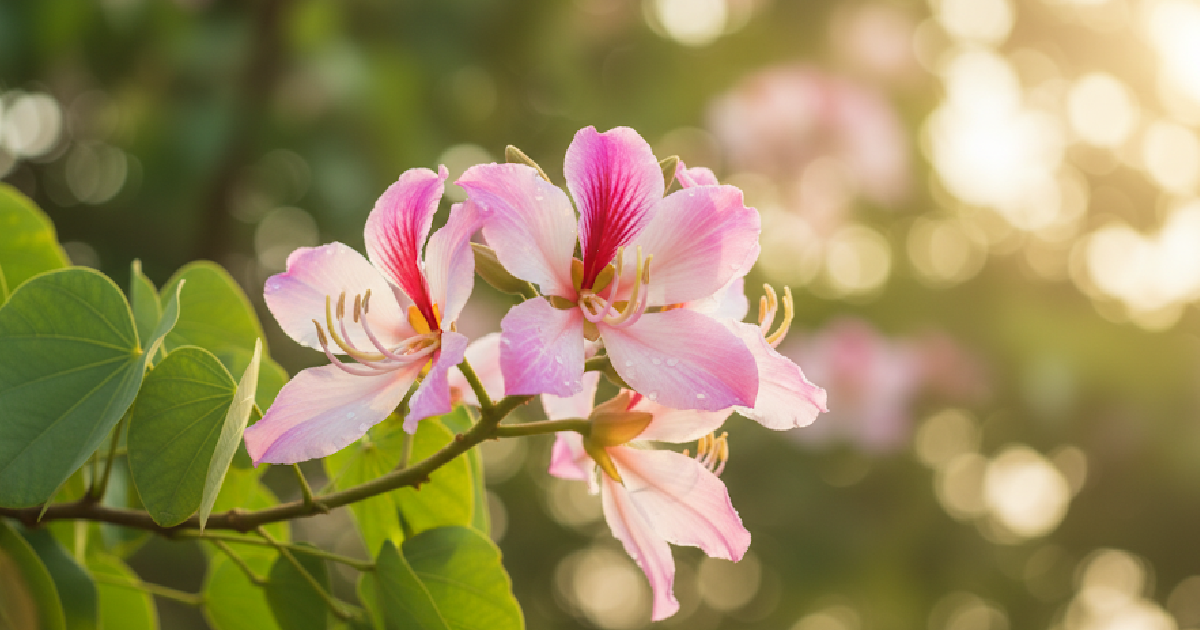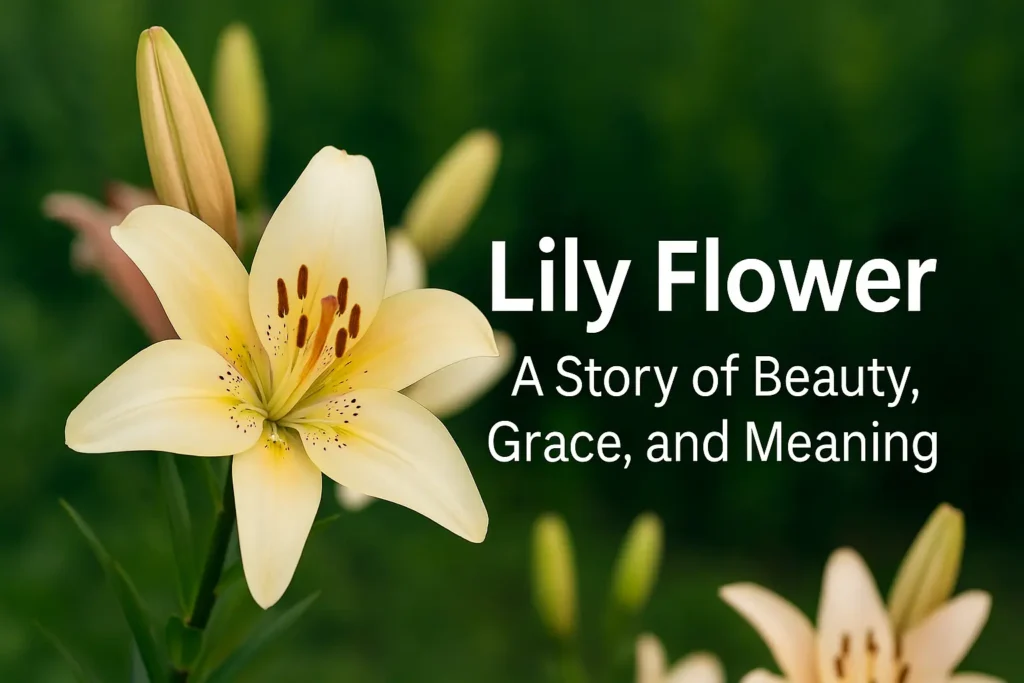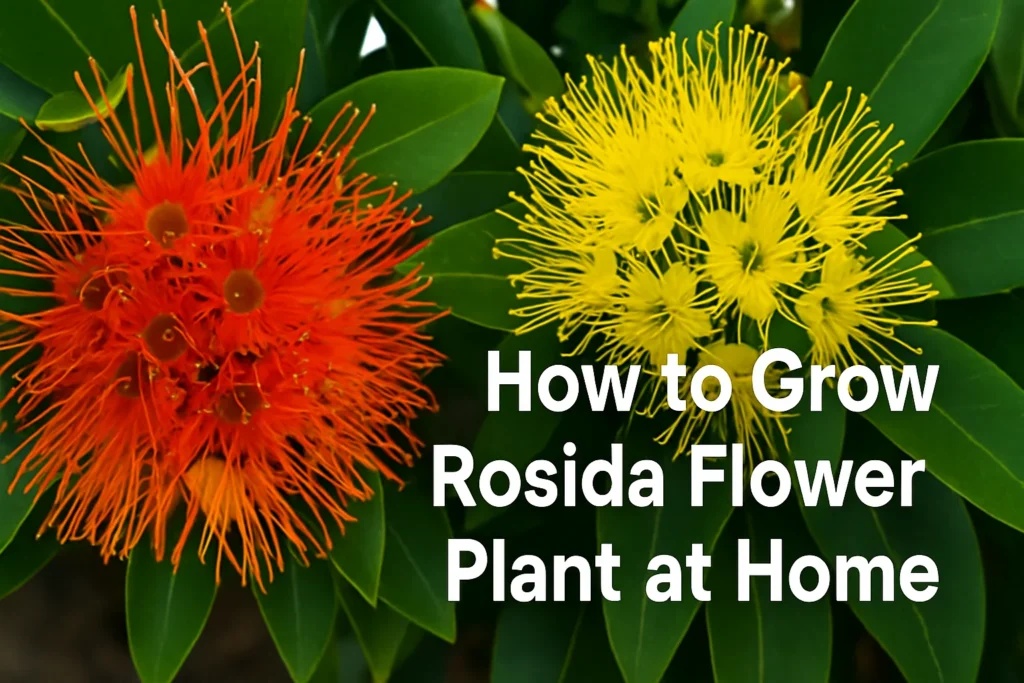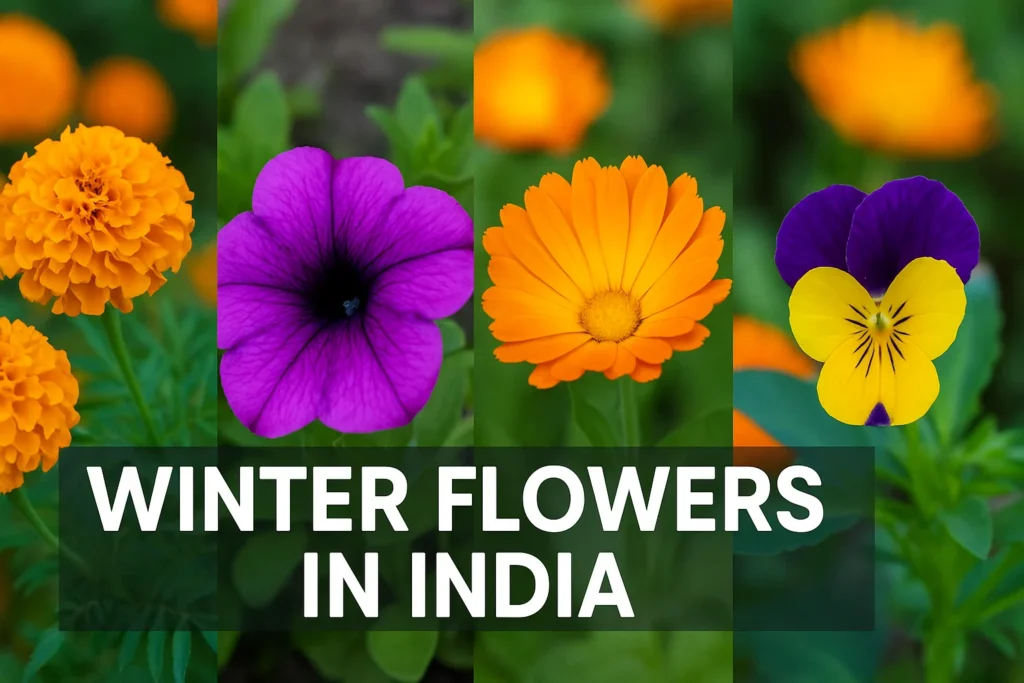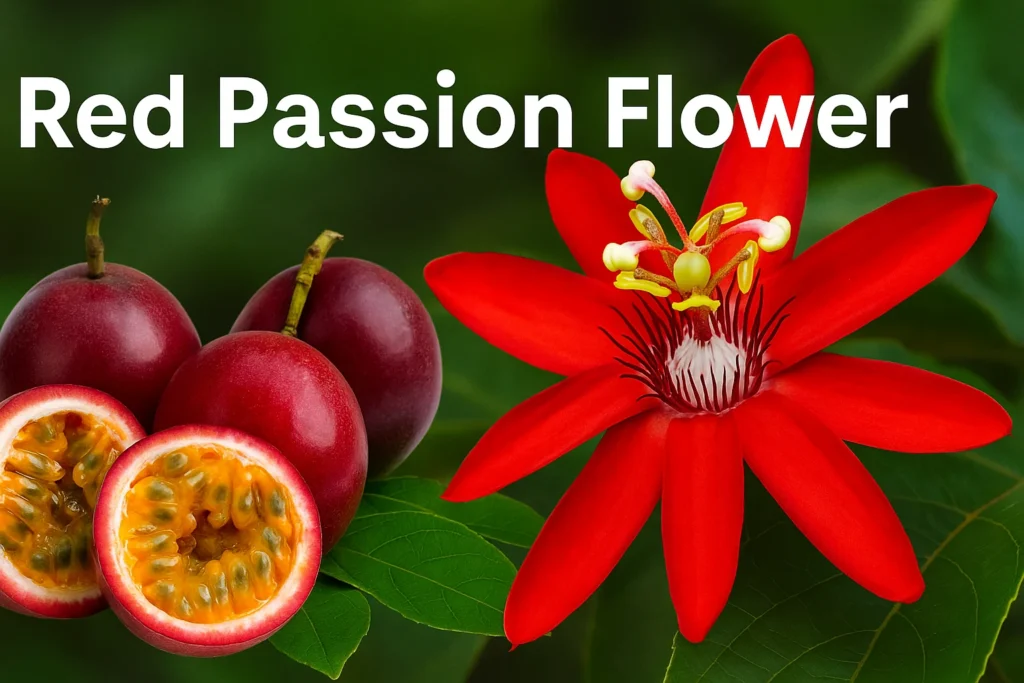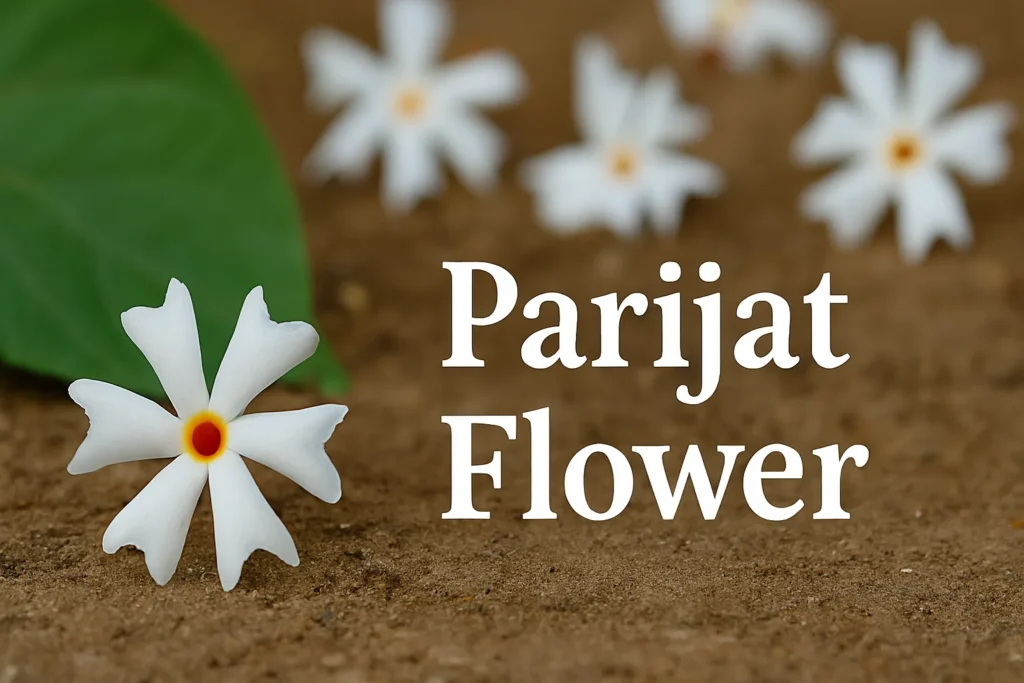The Kachnar flower is a captivating bloom native to India and widely found across South and Southeast Asia. Known scientifically as Bauhinia variegata, this flower is admired for its ornamental beauty, cultural value, and practical uses. Beyond its appeal in gardens and avenues, the Kachnar flower holds a special place in Indian cuisine and Ayurveda. Its buds are used in seasonal dishes, its bark is valued for medicinal preparations, and its flowers add unmatched charm to landscapes during the spring bloom.
This article explores the flowering season of Kachnar, its appearance, culinary importance, health benefits, cultural role, and how to grow the tree.
What is Kachnar Flower (Bauhinia Variegata)?
The Kachnar flower belongs to the Bauhinia variegata tree, a medium-sized deciduous species from the Fabaceae family. The tree produces clusters of orchid-like flowers that are usually pink, lavender, or sometimes white. Its unique leaf shape, resembling a camel’s foot, gives rise to another common name, the Camel Foot Tree.
The Kachnar tree can grow up to 10–12 meters tall. It thrives in tropical and subtropical climates, where it is often planted along streets, in parks, and in gardens. In English, the flower is commonly called the Orchid Tree Flower or Mountain Ebony, while in Hindi, it is known as कचनार का फूल (Kachnar ka Phool).
Kachnar Flowering Season
The flowering season of Kachnar generally begins in early spring, from March to May, and sometimes extends into early summer depending on local climate conditions. During this season, the tree sheds its leaves and bursts into bloom, creating a striking contrast of bare branches covered with vibrant flowers.
Because of its bloom period, Kachnar trees are often used to brighten avenues and gardens when other plants are still transitioning out of winter. The sight of a fully blossomed Kachnar tree makes it a seasonal highlight in many Indian cities and towns.
If you enjoy learning about flowers that bloom in cooler months, you may also like our guide to winter season flowers in India.
Appearance of Kachnar Flower and Tree
The Kachnar flower is noted for its five large petals with deep veins that give it an orchid-like appearance. While pink and lavender shades are most common, pure white varieties are also admired. The flowers usually grow in clusters, covering the branches entirely during the peak season.
The tree itself has smooth bark, a wide canopy, and distinct two-lobed leaves shaped like a camel’s hoof. This unique foliage makes the tree easily recognizable even when not in bloom. Because of its ornamental appeal, the Kachnar tree is planted widely in gardens and urban landscapes.
For readers who are fascinated by unique ornamental species, the Indian Tulip Tree is another example of a beautiful flowering tree.
Kachnar Flower Buds and Culinary Importance
Unlike many flowering trees, the buds of Kachnar flowers are edible and hold an important place in traditional Indian cooking. Slightly tangy in flavor, they are harvested in the early stages of blooming and prepared in a variety of ways.
In northern India, especially in Uttar Pradesh and Bihar, Kachnar buds are used to make:
- Curries cooked with onions, tomatoes, and spices
- Pickles preserved in mustard oil and seasonings
- Stir-fried dishes with garlic and chilies
- Chutneys ground into flavorful pastes
These dishes are often enjoyed as seasonal specialties when the Kachnar tree is in full bloom.
For readers interested in more culinary plants, you may also like our article on exotic vegetables in India.
Kachnar Flower Benefits in Ayurveda and Modern Uses
The benefits of Kachnar flower and tree are well documented in Ayurveda. Both the flowers and the bark are used in traditional medicine for a variety of health concerns. Some notable benefits include:
- Digestive health support, with buds used to improve appetite and reduce indigestion
- Anti-inflammatory properties, especially from bark extracts that reduce swelling and glandular issues
- Detoxifying qualities, believed to help purify the blood and improve skin health
- Rich nutrient profile, providing vitamins and antioxidants for general wellness
Modern research is beginning to validate many of these traditional uses, especially the flower’s antioxidant potential.
For a deeper dive into traditional healing plants, you may find our guide on Asparagus racemosus benefits insightful.
Environmental and Cultural Importance of Kachnar Tree
The Kachnar tree plays an important role both ecologically and culturally. Its blossoms attract bees, butterflies, and birds, making it a valuable species for maintaining biodiversity. The tree also provides shade and is commonly planted along roadsides to enhance the environment.
Culturally, Kachnar has long been admired in Indian folk songs, literature, and traditions. It is often planted near temples and homes, symbolizing purity and grace. The sight of blooming Kachnar trees is associated with the arrival of spring, marking seasonal change and renewal.
Another culturally significant flowering species is the Flame Lily, which holds a special place in Indian traditions.
How to Grow and Care for Kachnar Tree?
The Kachnar tree is relatively easy to grow and can be cultivated in both gardens and larger landscapes. With the right care, it will bloom annually and become a highlight of any space.
Growing requirements include:
- Climate: Thrives in tropical and subtropical regions
- Soil: Prefers well-drained sandy or loamy soil
- Sunlight: Requires 6 to 8 hours of direct sunlight daily
- Watering: Moderate, avoiding overwatering to protect roots
Propagation is usually done through seeds or saplings. Seeds should be soaked overnight before planting to encourage better germination. Saplings, once planted, require support in the early years until they establish strong roots.
Maintenance tips:
- Prune branches regularly to maintain shape and encourage more flowers
- Apply organic compost twice a year for better growth
- Watch for occasional pests like aphids and caterpillars
With proper care, the Kachnar tree begins to bloom within 3 to 4 years of planting. For more guidance on home gardening, see our post on how to grow a lily flower plant at home.
Uses of Kachnar Flower and Tree
The uses of Kachnar flower are diverse, extending far beyond its ornamental beauty.
- Culinary Use: Buds cooked as curries, pickles, or chutneys
- Medicinal Use: Traditional Ayurvedic applications for digestion and skin health
- Ornamental Use: Widely planted in gardens, avenues, and public parks for its blossoms
- Ecological Use: Provides food for pollinators and shade for the environment
Many gardeners prefer multipurpose plants, and Kachnar fits this role perfectly. If you enjoy exploring such species, our guide to cactus plants highlights another versatile category.
Conclusion
The Kachnar flower (Bauhinia Variegata) is a rare example of a plant that blends beauty, cultural value, and practical utility. Blooming in spring, it transforms landscapes with its vibrant orchid-like petals. Beyond its appearance, the buds enrich Indian cuisine, while its bark and flowers serve important roles in Ayurveda. The Kachnar tree also supports biodiversity, offers shade, and adds elegance to both rural and urban spaces. Known as the Orchid Tree Flower in English and Kachnar ka Phool in Hindi, it remains one of India’s most cherished blossoms, linking tradition, ecology, and daily life.

